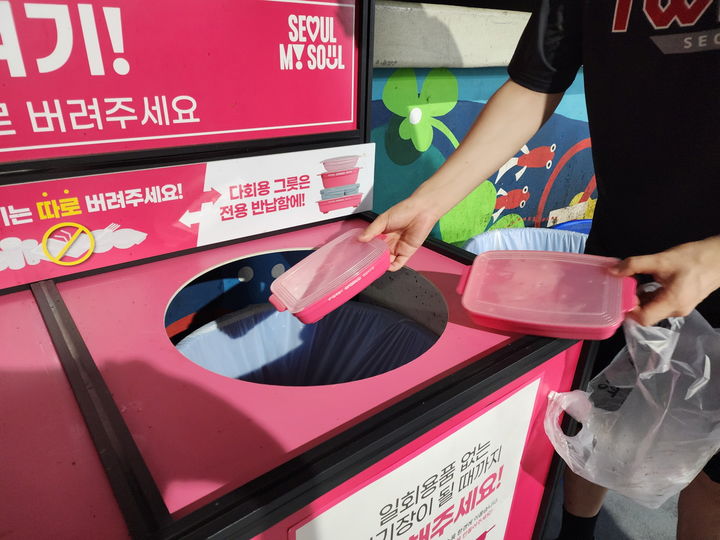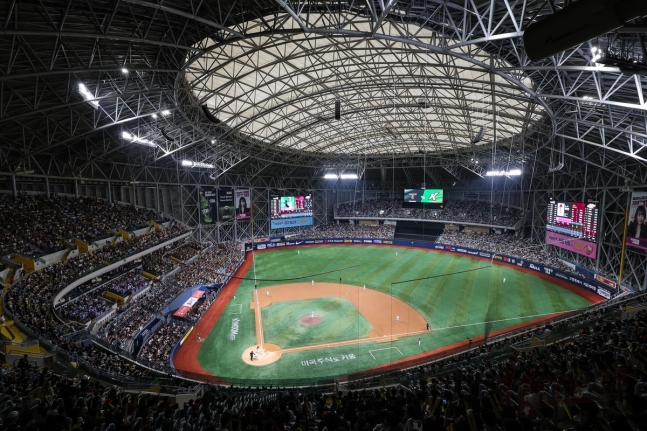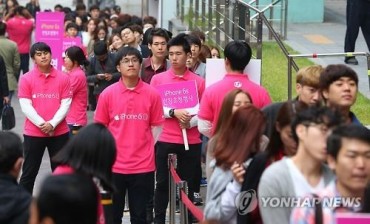SEOUL, June 24 (Korea Bizwire) — In a striking display of corporate soft power, Saudi Aramco, the world’s largest oil producer, is leading a campaign to reduce plastic waste at baseball stadiums in Seoul—an unlikely green initiative from a company synonymous with hydrocarbons.
Aramco Korea announced Tuesday that it will expand its reusable container program to the Gocheok Sky Dome in partnership with the Seoul Metropolitan Government, regional self-support centers, and professional baseball teams. The initiative follows the success of a similar campaign launched last year at Jamsil Baseball Stadium.
This environmental push reflects more than just corporate social responsibility. It underscores Aramco’s long-term view of South Korea not merely as a customer but as a strategic partner across the energy value chain. Since its founding in 2012, Aramco Korea has evolved into a critical bridge between the two nations, facilitating business development, industrial partnerships, and operational alignment—most notably through its majority stake in S-Oil.
S-Oil, which refines nearly 670,000 barrels per day, represents a key node in Aramco’s Asia strategy. Its sprawling petrochemical complex and the ongoing multibillion-dollar Shaheen Project symbolize the depth of bilateral collaboration. Even the naming of a road at S-Oil’s Onsan facility after Aramco CEO Amin Nasser in 2015 signals the closeness of this industrial alliance.
The plastic reduction campaign at the ballpark is part of a meticulous, relationship-driven ESG strategy. Aramco Korea expects to distribute 150,000 reusable cups across the two stadiums this season, potentially cutting plastic waste by 28 tons. After each game, the containers are professionally sanitized and reused, promoting sustainability through routine fan engagement.
“This is more than a program—it’s a culture,” said Khalid Raddadi, acting CEO of Aramco Korea, at the signing ceremony. “By choosing reusable over disposable, we all become players in the game for the environment.”
Seoul’s Deputy Mayor Kim Tae-kyun echoed the sentiment, calling the initiative a step toward making the city’s sports venues models of eco-friendly entertainment.
Aramco’s environmental efforts extend well beyond Seoul’s stadiums. The company has pledged to achieve net-zero emissions from its operations (Scope 1 and 2) by 2050 and is investing in large-scale decarbonization projects, including a CCS hub in Jubail capable of capturing 9 million tons of CO₂ annually and a 12 GW renewable energy rollout by 2030.
Yet critics argue that these measures exclude Scope 3 emissions—those generated by consumers burning Aramco’s fuels—and that the firm continues to expand fossil fuel production. Tensions remain between its core business and climate goals.
Nevertheless, Aramco is boldly diversifying into lithium, LNG, petrochemicals, and renewables, in step with Saudi Arabia’s Vision 2030 transformation agenda. In this broader shift, South Korea is poised to play a central role—technologically, industrially, and symbolically.
That a single reusable cup in a Seoul stadium can represent such sweeping ambitions is no accident. It’s a strategic signal—of environmental intent, of bilateral depth, and of a future where energy diplomacy plays out not only in boardrooms, but also in the bleachers.
Lina Jang (linajang@koreabizwire.com)








